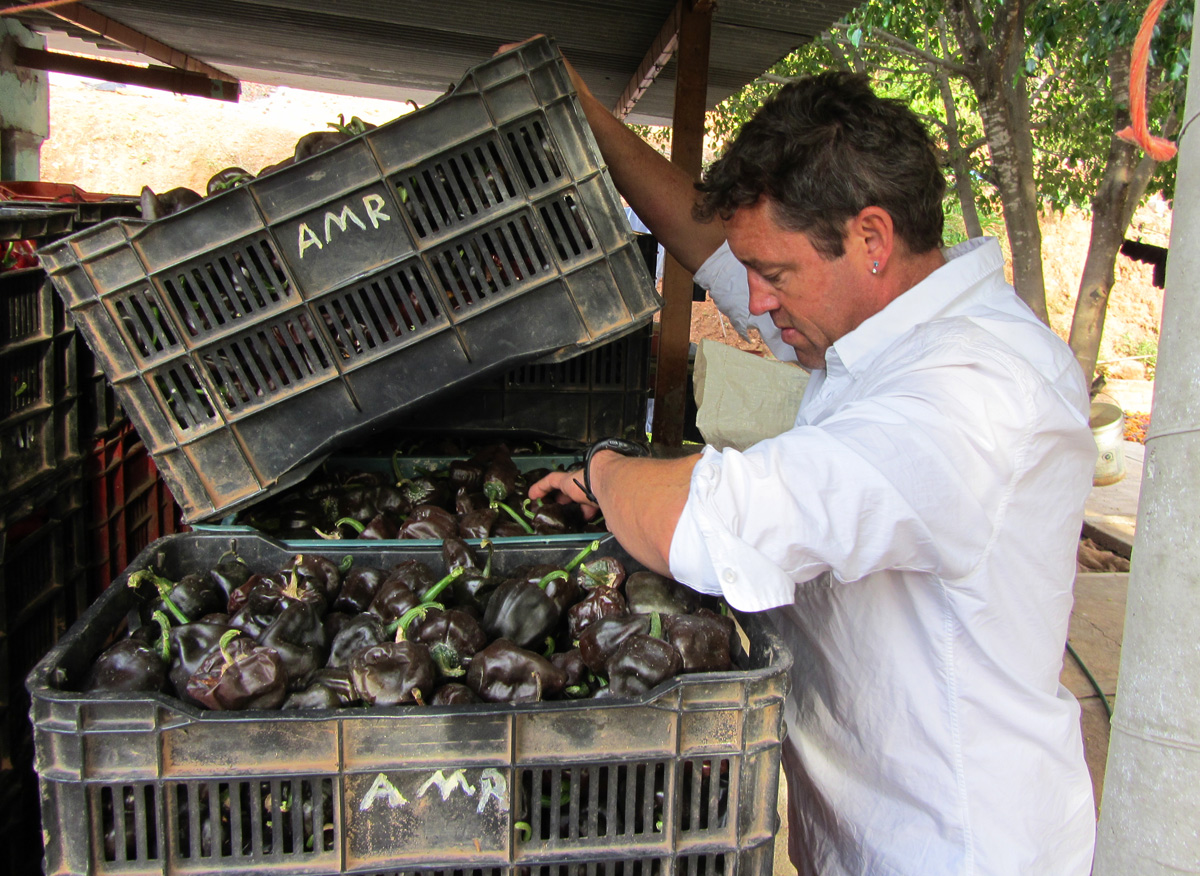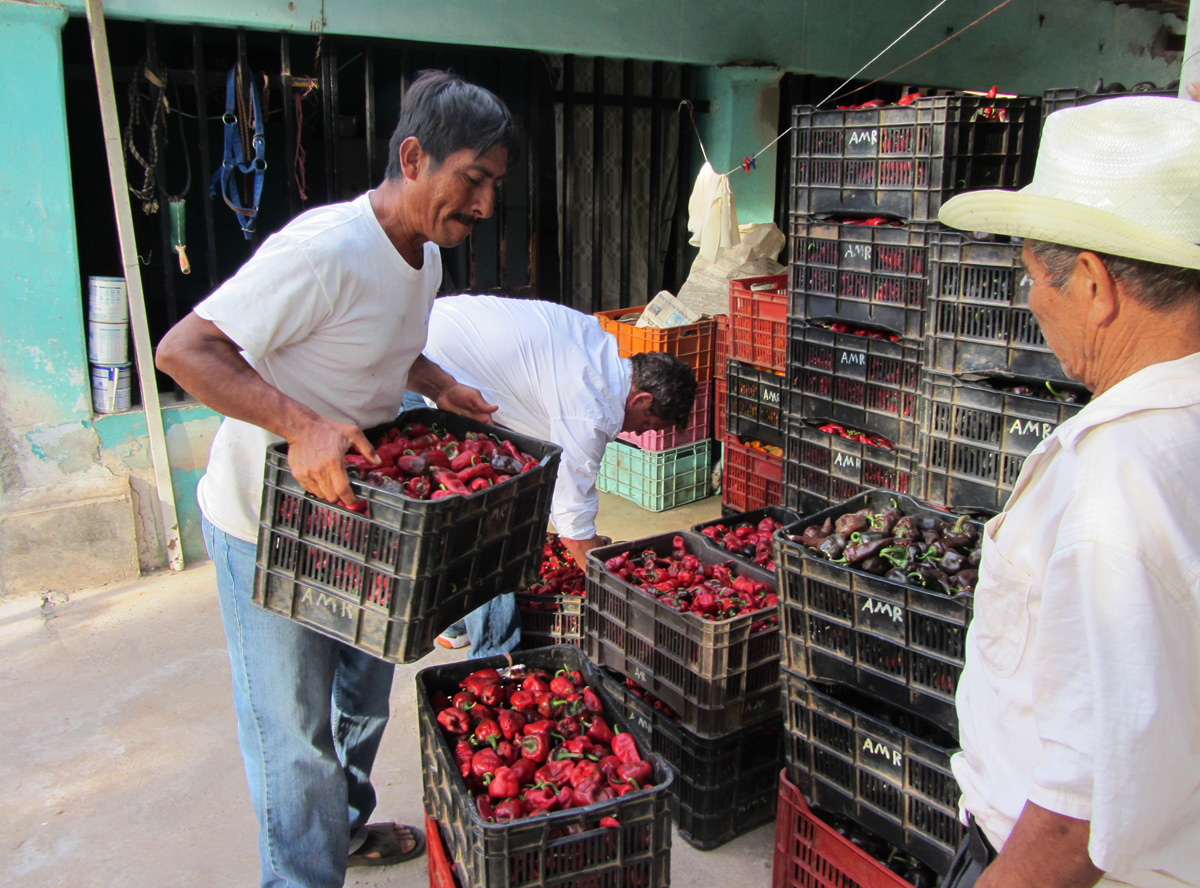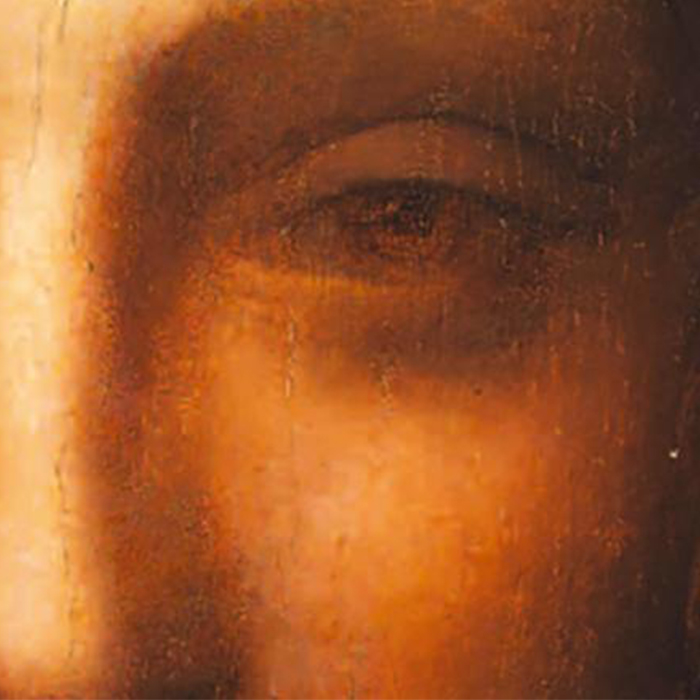Interview: Mike Beary of Zocalito
Together with The Macallan we celebrate all things rare, including this Aspen chef’s chilhuacles, painstakingly sourced from Oaxaca


Like its fungal brethren fetching five figures at auction, the world’s rarest chillies don’t look like much to behold. But should you get the privilege of tasting one, you’re likely to become a rapid devotee. To learn more about the rare negro chilhuacle, and its number one champion, we spoke with chef Mike Beary, who imports and uses the chiluacles exclusively at his restaurant Zocalito, in Aspen, Colorado.
When we first caught up with Beary he was on one of his semi-annual buying trips to Oaxaca, from which he ended up with a 2,000-pound haul of the coveted chilhuacles in red, yellow, and black varieties, which will end up as a total of 500 dry pounds to be used—first and foremost—at Zocalito, but also bought by chefs, gourmet food stores, sophisticated (and somewhat mysterious) home chefs and the Ritz-Carlton, to name a few. As popularity grows, it’s not certain how far that bounty will take him: “You never know what will happen next year, who will be growing them, what will happen with the rain,” says Beary.

The importation of chilhuacles to the United States has grown as a labor of love for Beary over the last 10-12 years. Because of how rare they are, without Beary’s endeavors and the cultivation of relationships with farmers in the La Canada region of Oaxaca, there’s almost no way the chilhuacles would make it to market. As a resort-town chef, Beary would take advantage of shoulder season in October, November, April and May each year to explore new corners of the world, quickly growing tired of the heavy ingredients of his classical French training for cleaner flavors of Central and South America. In discovering the traditional dishes of Oaxaca, Beary discovered the ultra-rare and virtually extinct-to-the-US chilhaucles that had been brought there by the Aztecs more than 3,000 years ago. On the verge of genetic erosion, the chillies were saved in a gradual resurgence by Beary’s efforts with the small group of farmers, and in his development of new techniques to get the chilhuacles FDA-approved.
Fast-forward to today, and a new breed of increasingly sophisticated diners and home chefs who, says Beary, would grow frustrated over having to substitute the real thing from a cookbook, or who travel to his restaurant to capture the authentic flavor of a mole that a Oaxacan grandmother would serve up—a feat only possible by using exactly the right ingredients.

To hear Beary describe his beloved chilhuacles (if you haven’t had the privilege of tasting them) is to begin to understand their importance. Describing each heirloom as if it were an aged wine, Beary points out the distinction of the yellows’ fruit-forward flavor, and the spice of the red chilhuacle. The negro chilhuacle is a smoky and robust behemoth that shines in the negra mole at Zocalito—making sure not to muddle any one of them with too many other chillies. It’s in the spirit of Mexican cooking icon Diana Kennedy, whom Beary cites as a primary inspiration.
Beary is working to keep an ancient—and not to mention very finicky growing process—alive, to be enjoyed by lucky palates in the United States. While the ultimate treat might be a night out at Zocalito in Aspen, to taste firsthand what Beary himself concocts in the kitchen, the next best thing is a waft of deep, earthy negro chilhuacle in your own spice cabinet at home.
Images courtesy of Mike Beary












